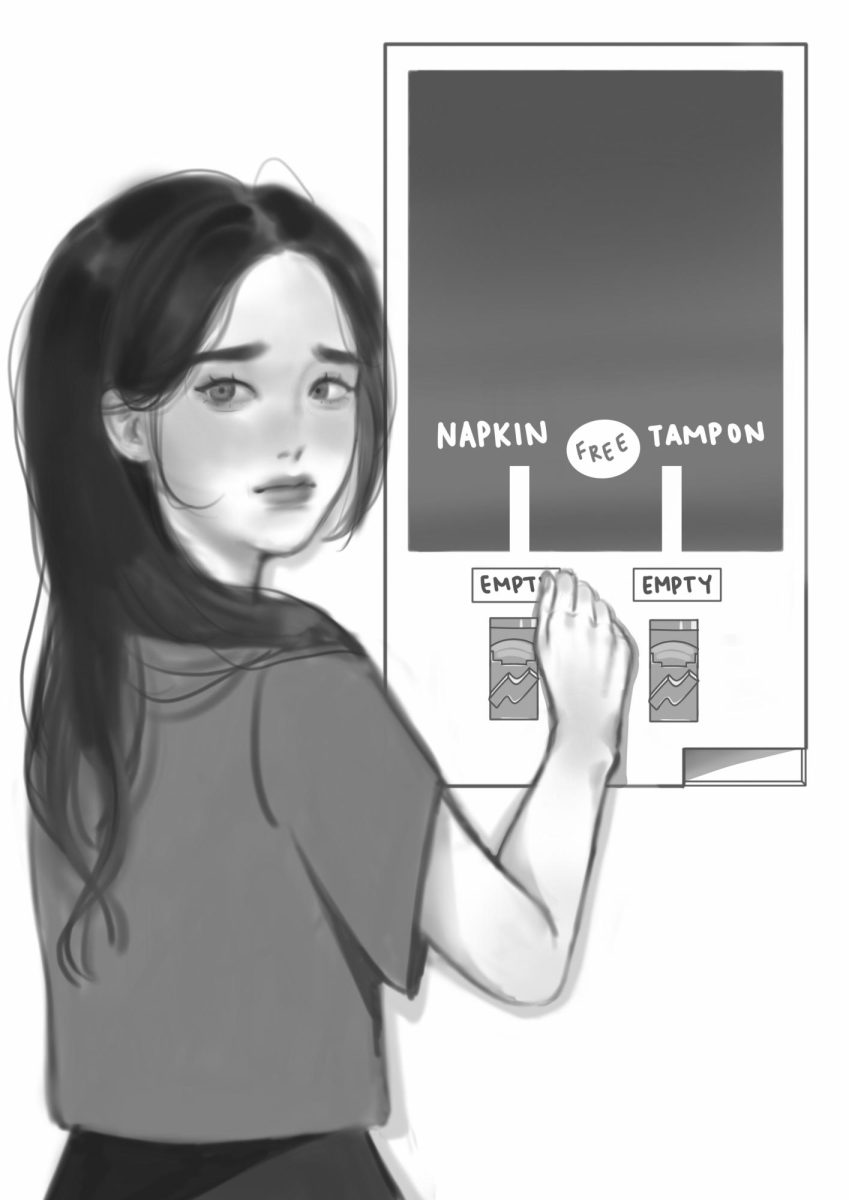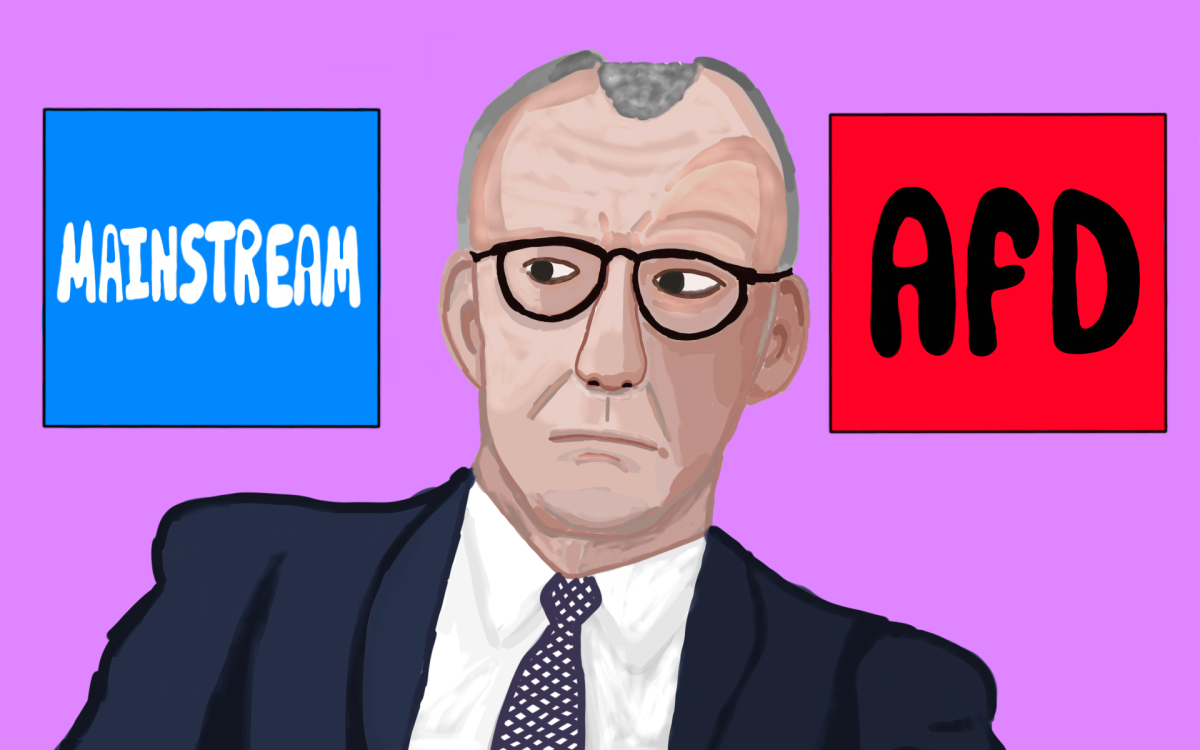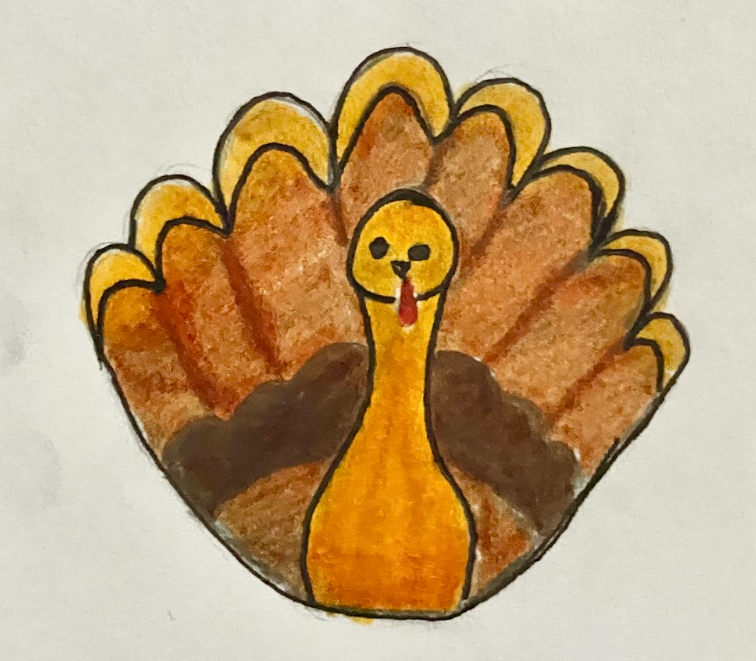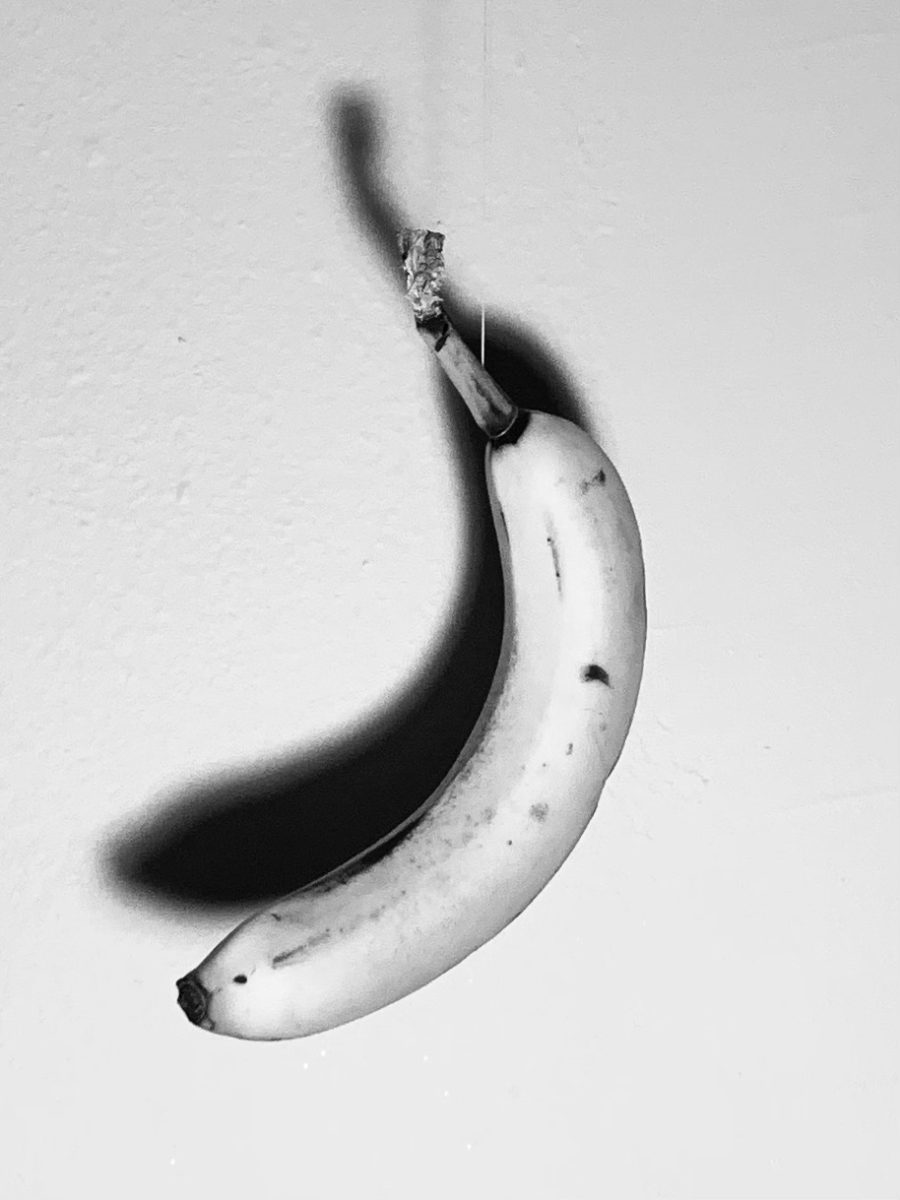Wednesday, 20 November, 2024. Comedian is auctioned off at Sotheby’s for $6.24 million. The most comedic part? It’s a banana duct-taped to a wall.
Actually, it was. Justin Sun, founder of TRON (a cryptocurrency-related project) and the lucky individual who pocketed a banana and a roll of duct-tape, ate the banana on exhibit soon after purchasing it. He described doing so as a “unique artistic experience” that few others could encounter. The only difference from the two other individuals who did share this experience a few years back is that they just walked up to the banana, pried it out from under the tape, and ate it, without paying hefty prices or any major consequences. Comedian’s creator, Mauritzio Cattelan, expressed it was “no problem at all” that someone ate the banana on exhibit, because “the banana is the idea.”
Comedian has been shown in three editions since 2019—with new materials, of course. Even the materials given to the winning bidder are different than the ones shown in the exhibit. Those who purchase Comedian receive a banana, a roll of duct-tape, 14 pages worth of instructions on how to assemble the piece, and a certificate of authenticity.
Why has Comedian been auctioned off multiple times? Why do people actually purchase it? The answer is simple: Society has fallen for the joke. People just can’t seem to understand that Comedian is a critique of society’s association of art with money—an experiment with three trials where Cattelan asks “what [people] value in society.”
Monday, 9 April, 1917. Marcel Duchamp and Richard Mutt submit a urinal with the latter’s name, “R. Mutt,” on it for an art exhibition in the Grand Central Palace, located in New York. It is titled Fountain. They are rejected by many, including the curators of the exhibit. Fountain is not seen as art, and its message is not appreciated.
Marcel Duchamp was a figure in the Dadaist movement—a radical, anti-art art movement beginning in 1916 as a response to post-WWI fascism. Duchamp created the term “readymade,” which describes art made from “manufactured objects.” He took everyday items and posed them in a more peculiar way, inspiring people to look at life at different angles while challenging the limits of art. A simple example of this is his work titled In Advance of the Broken Arm, which showcases a snow shovel suspended from a ceiling, posed as a guillotine. Its title is exactly what was written on the shovel’s arm.
Dadaism was incredibly short-lived, lasting for roughly 10 years because of its rejection by society. Many despised Dadaism’s irrationality, including the Nazi party, who included art of this style in an exhibition titled Degenerate Art. In December of 2019, though, the first edition of Comedian was auctioned off, drawing inspiration from Dadaists and reminding us that the world is still far from perfect. Once again, the people of society failed to understand Comedian’s purpose.
Wednesday, 11 November, 1987. Vincent van Gogh’s Irises is auctioned off at Sotheby’s for $53.9 million. This is the highest amount of money that anyone has ever spent on a piece of art. The public’s perception of art is forever impacted—now, art is associated with money. Many artists strive to make art more accessible, but, ultimately, they are not successful. Society perceives art through money, and this is how it will always be.
37 years later, Comedian is happily purchased for $6,240,000. The experiment has produced some awfully clear results: The two things that matter most to our society are money and competition. Why else would an individual spend $6.24 million on a piece of art that was sold for $150,000 just a few years before, and then eat it immediately after?
Nowadays, many people see art as a means of proving and parading their wealth. With Comedian, Cattelan gave his viewers two options: To solidify the idea that art and money are intertwined, or to reverse the effects of the auction of Irises. People flocked to the exhibition to pay immense amounts of money for this piece—society chose the first option.
Comedian’s ability to represent such complex ideas makes one thing clear: This piece is art. It has a meaning—yes, even if we ignore it—and is able to evoke emotion in many, even if of distaste or opposition. Everything has meaning, even if society deems not.
It is ridiculous to purchase a 35-cent banana and duct-tape for such great sums of money, yet many people demonstrated that they were willing to when they attended the auctions of Comedian. Cattelan did not force these people; he just supplied the public with a way to determine society’s values once and for all.
Ironically, the plural noun in the previous sentence is not necessary, for society values one singular thing: money.
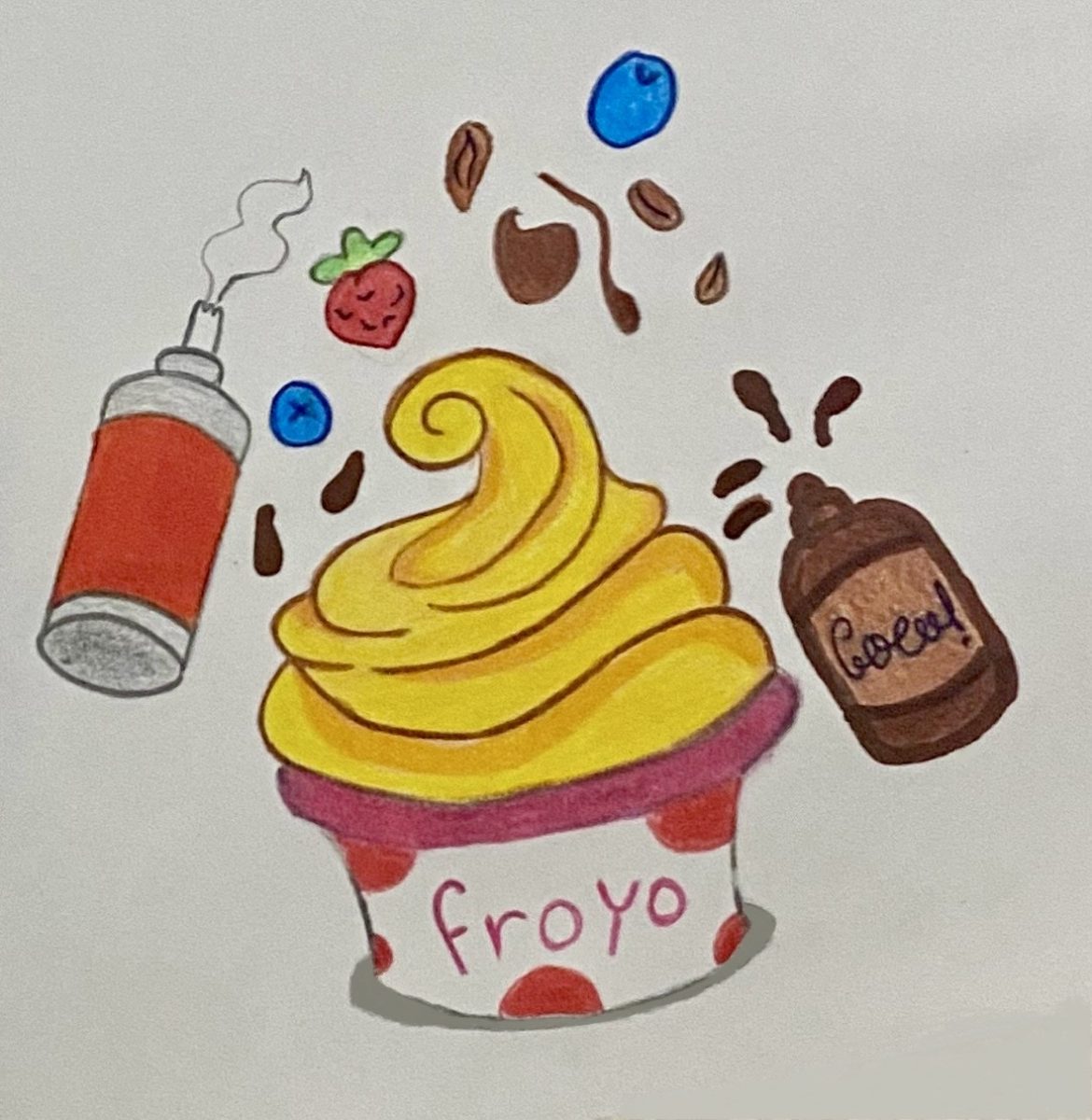

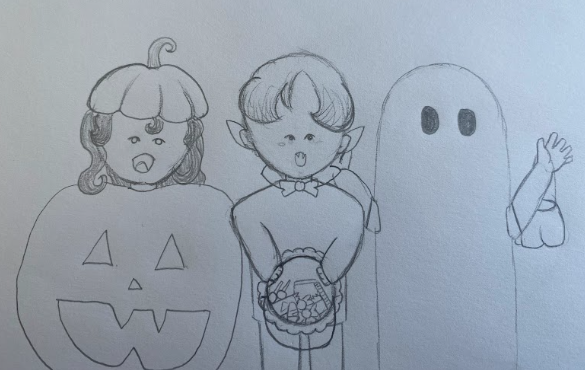








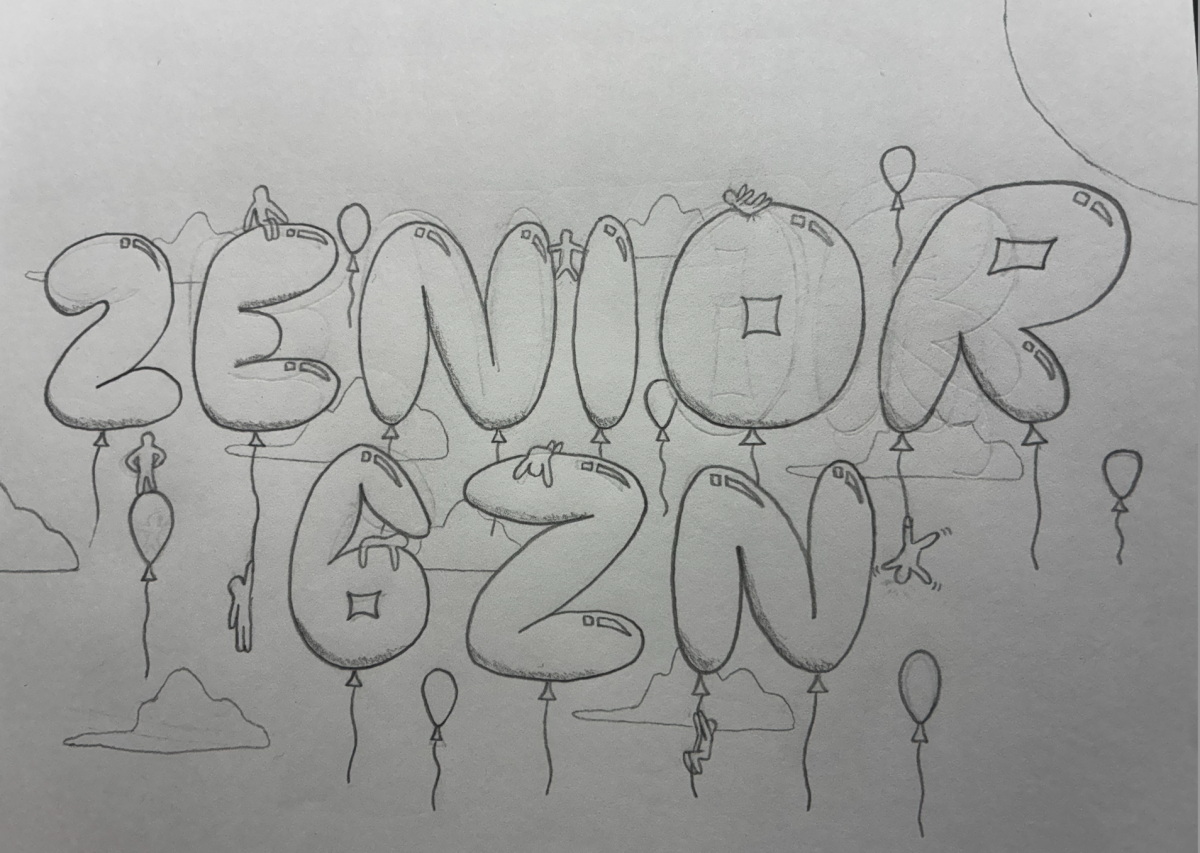
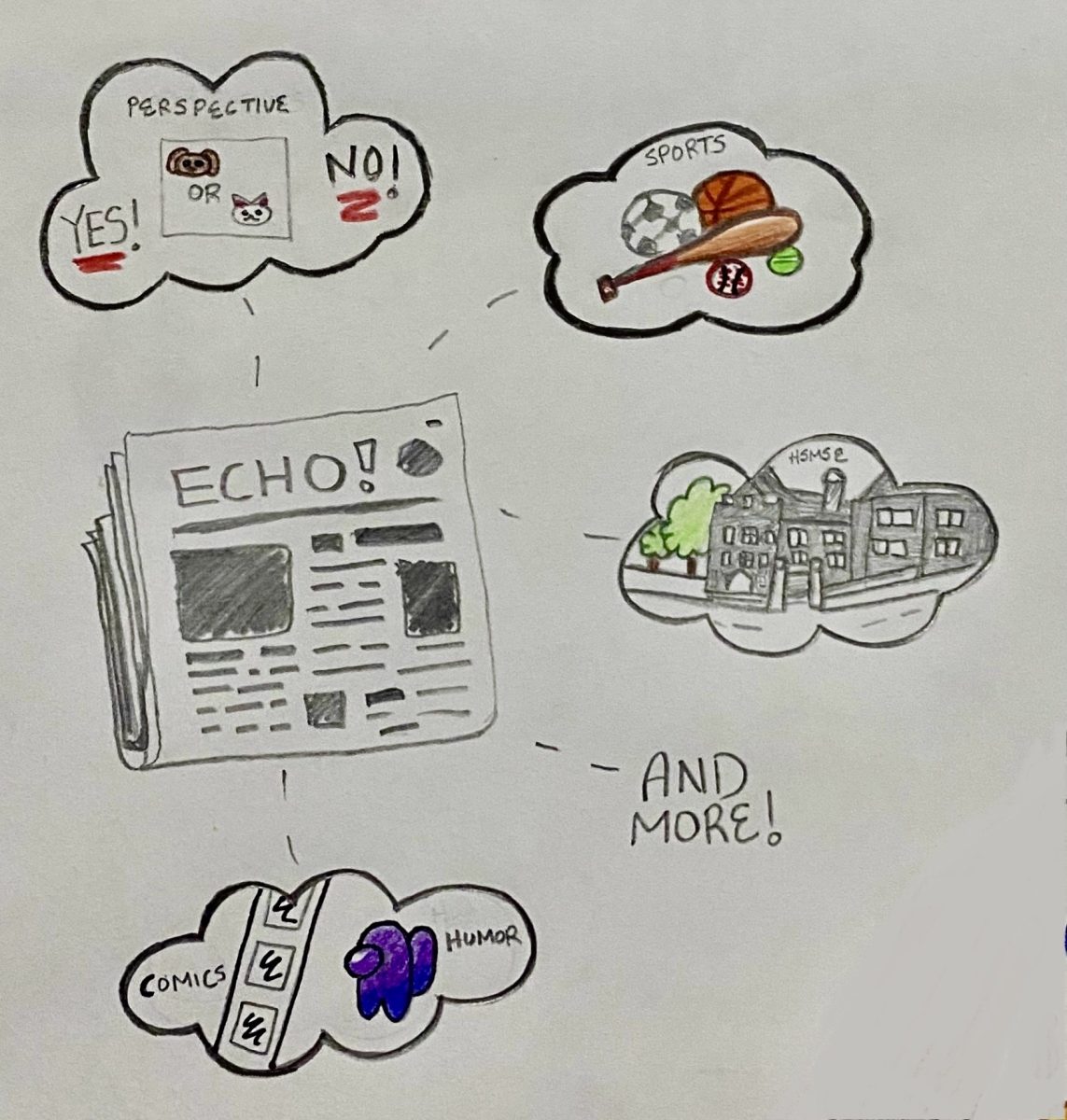


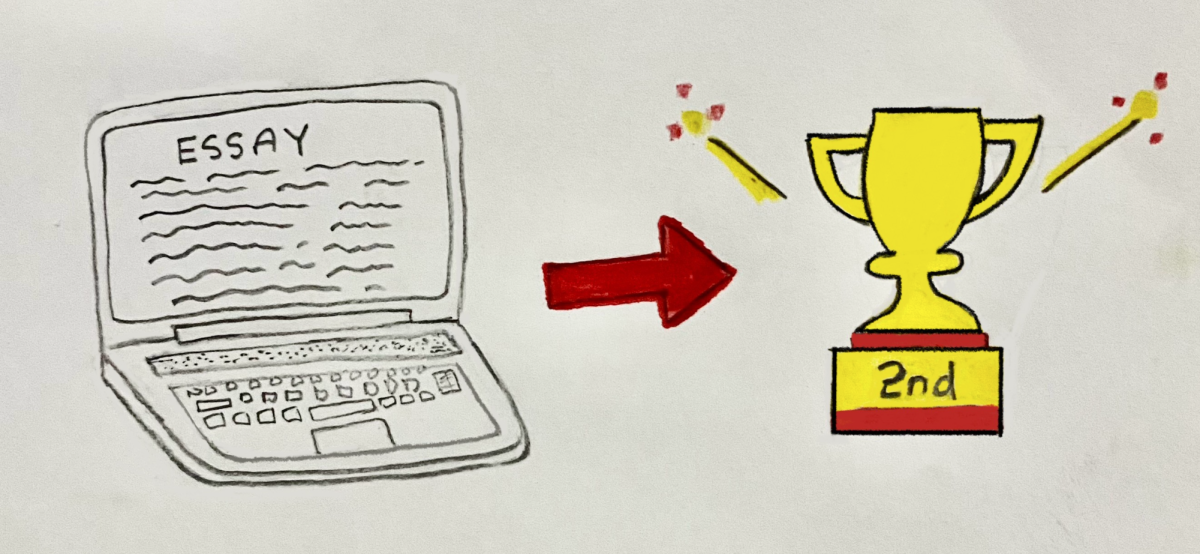
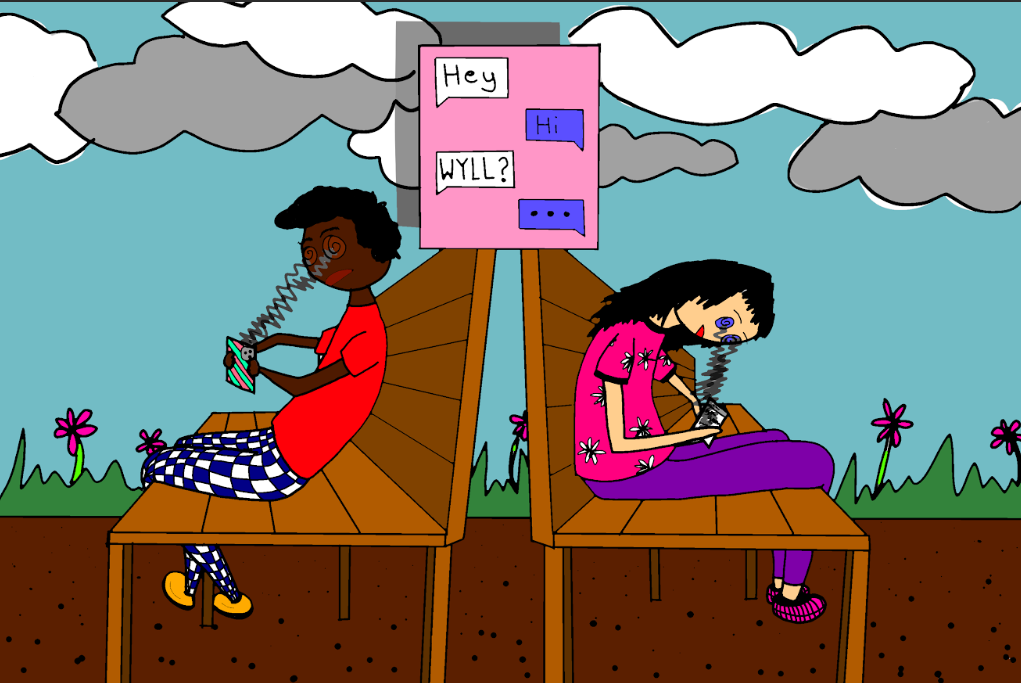
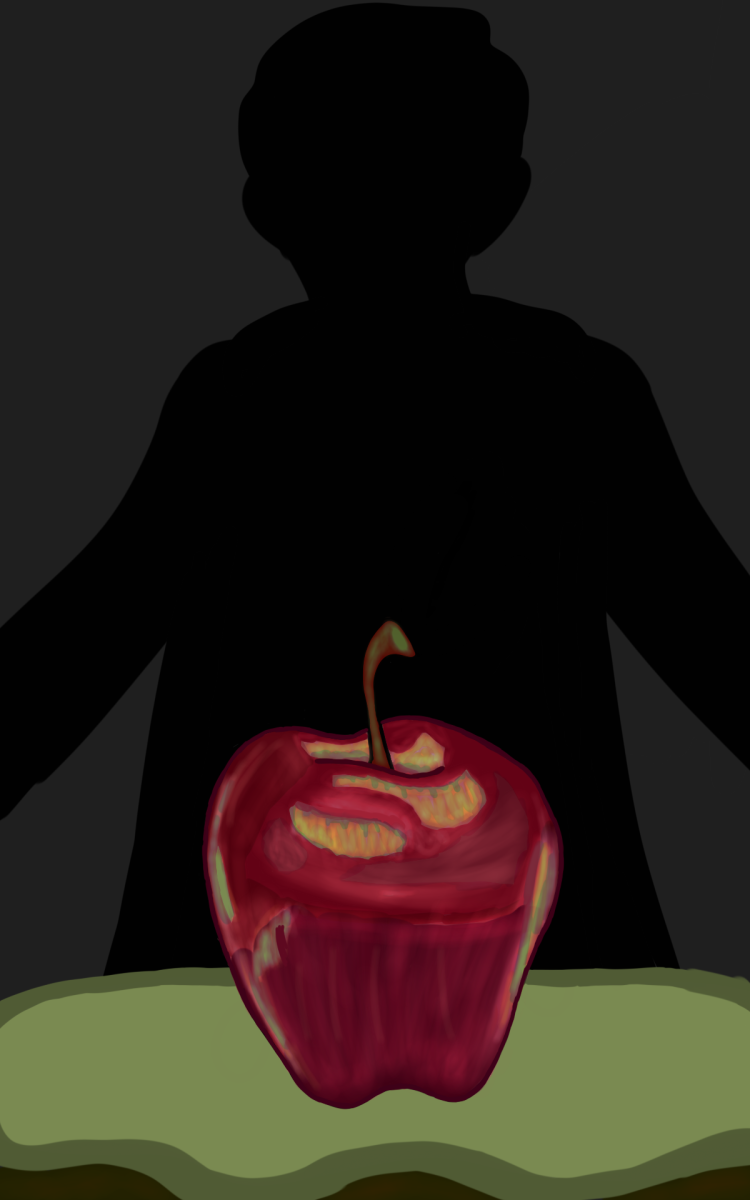



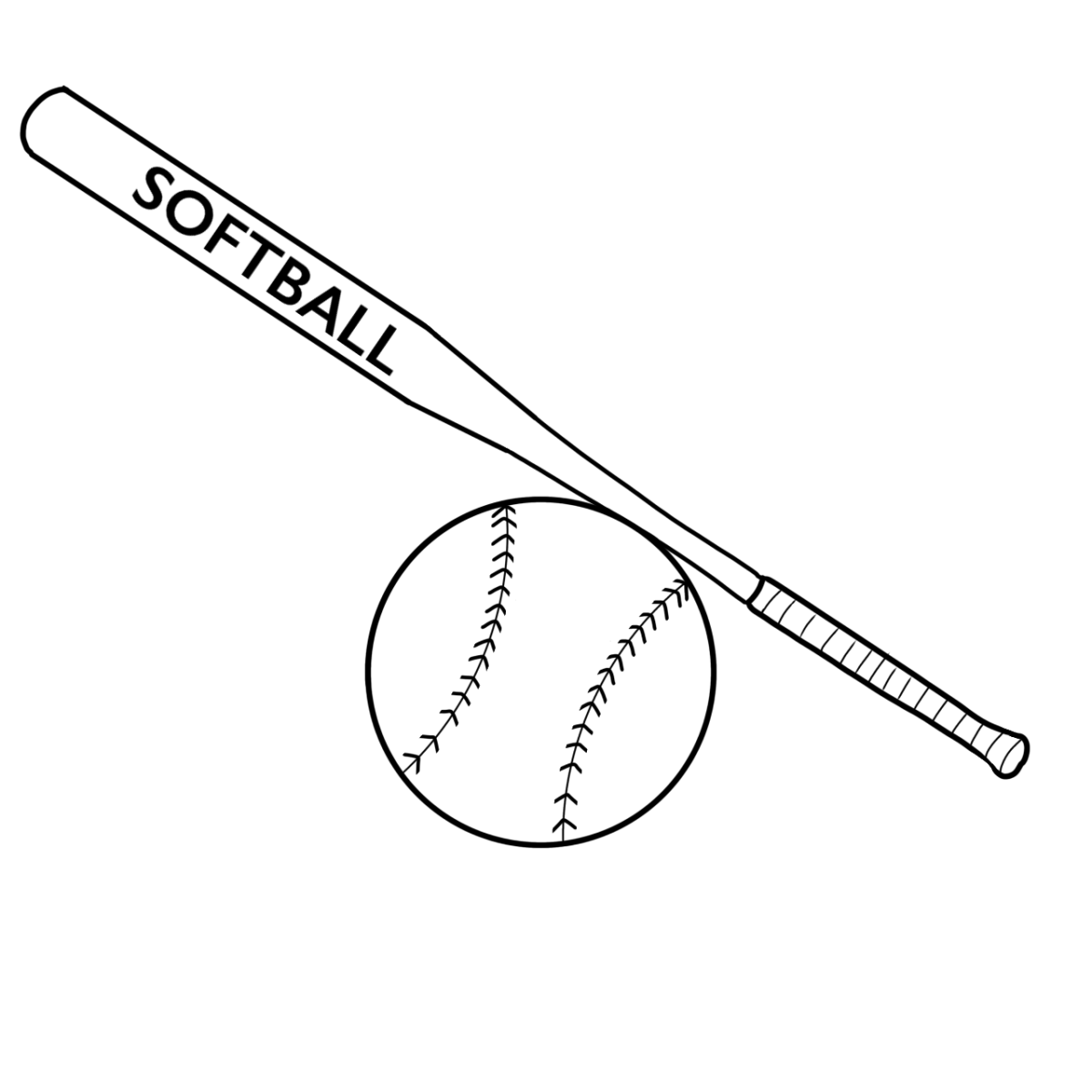

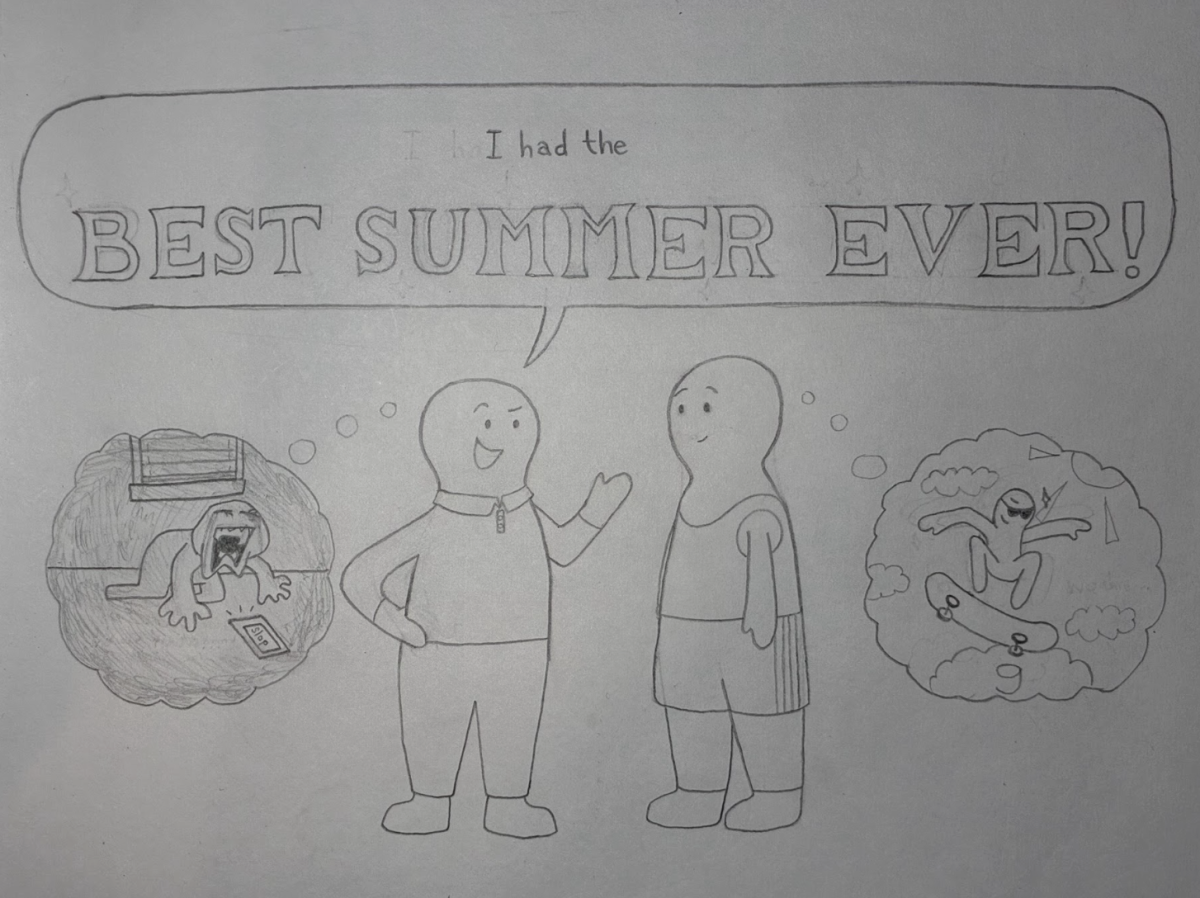
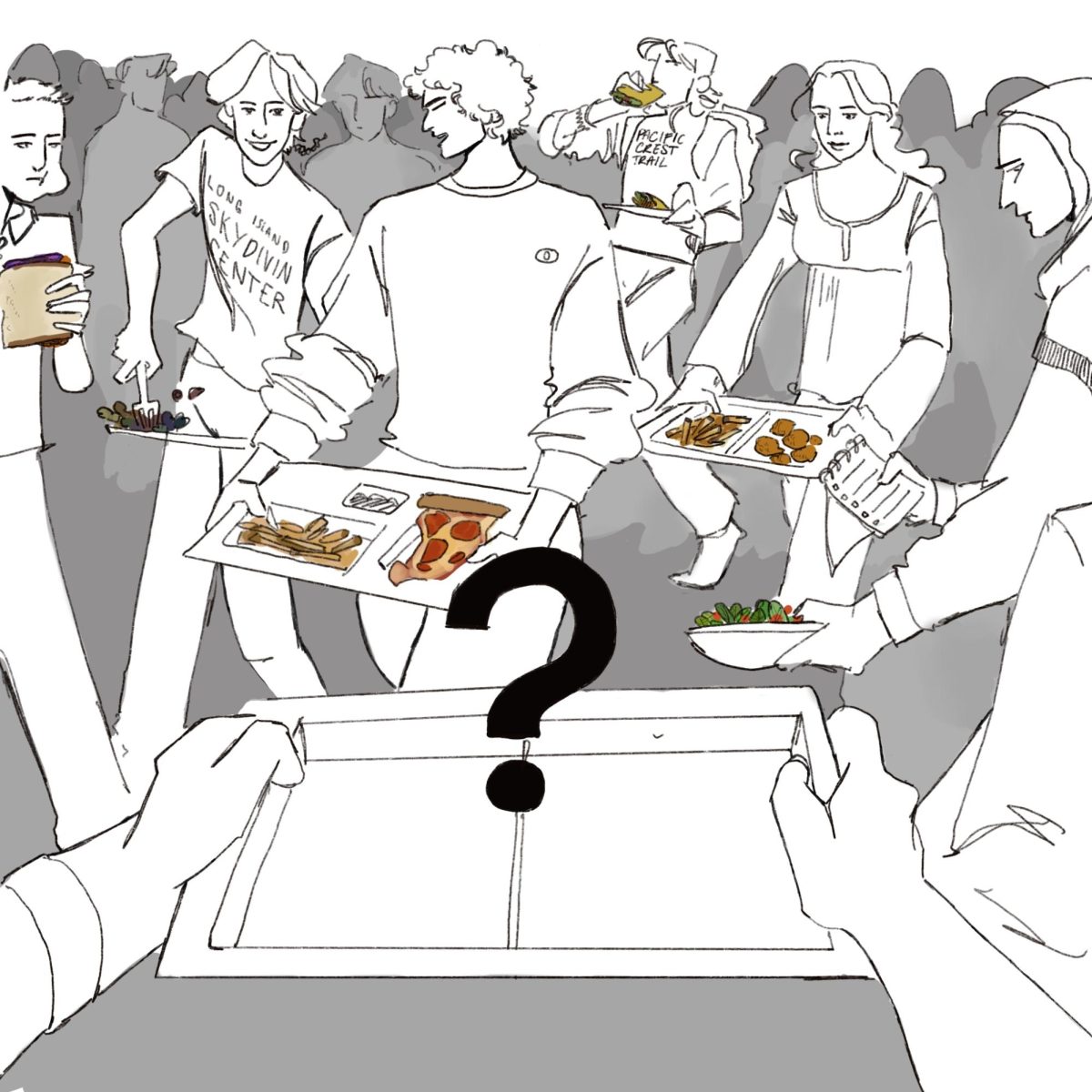
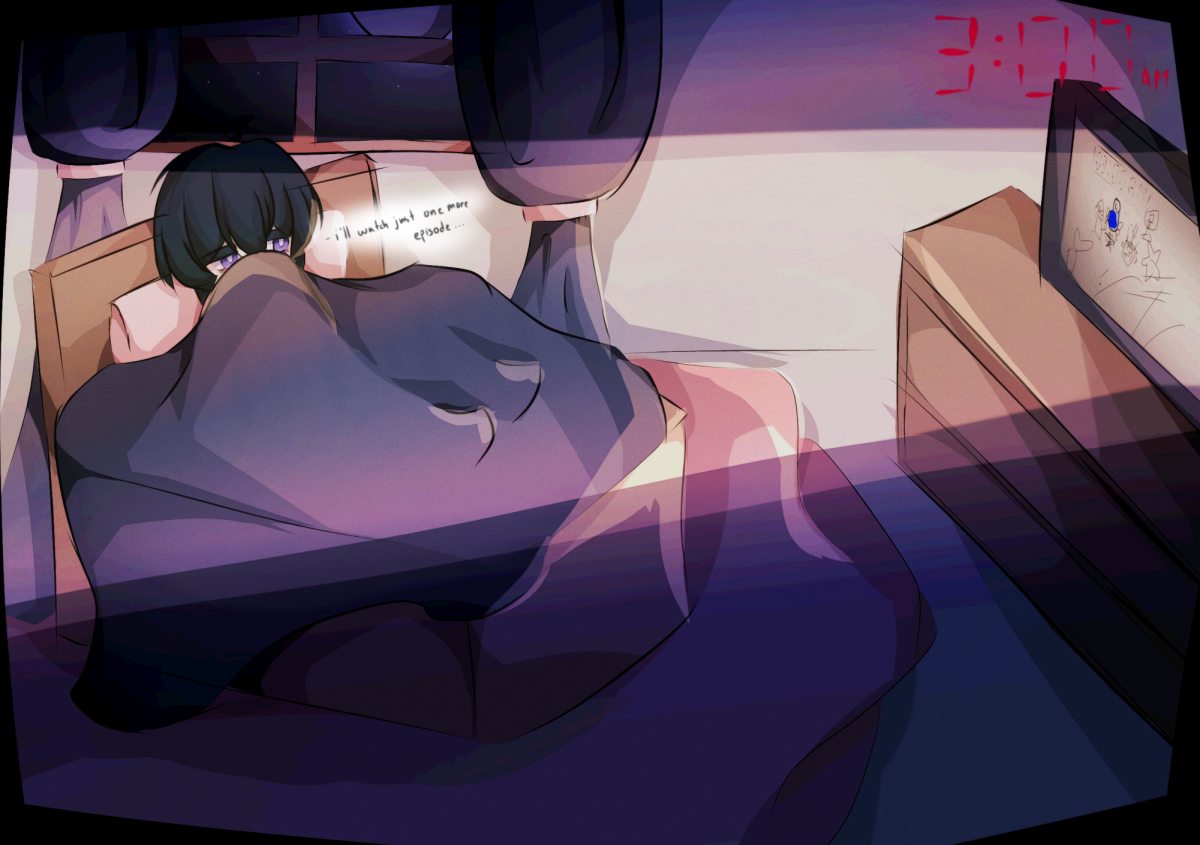
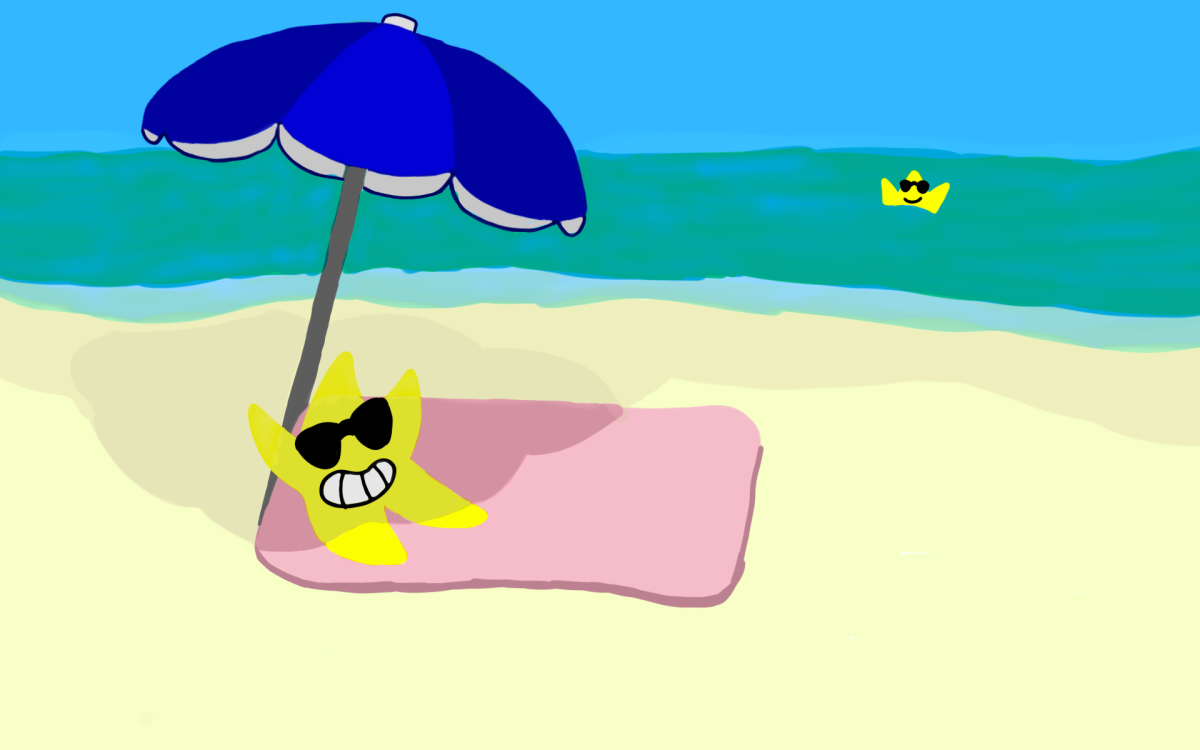



![[ERROR]: Lack of Women in the Software Industry](https://theechohsmse.com/wp-content/uploads/2024/12/APC_0280-984x1200.jpeg)
